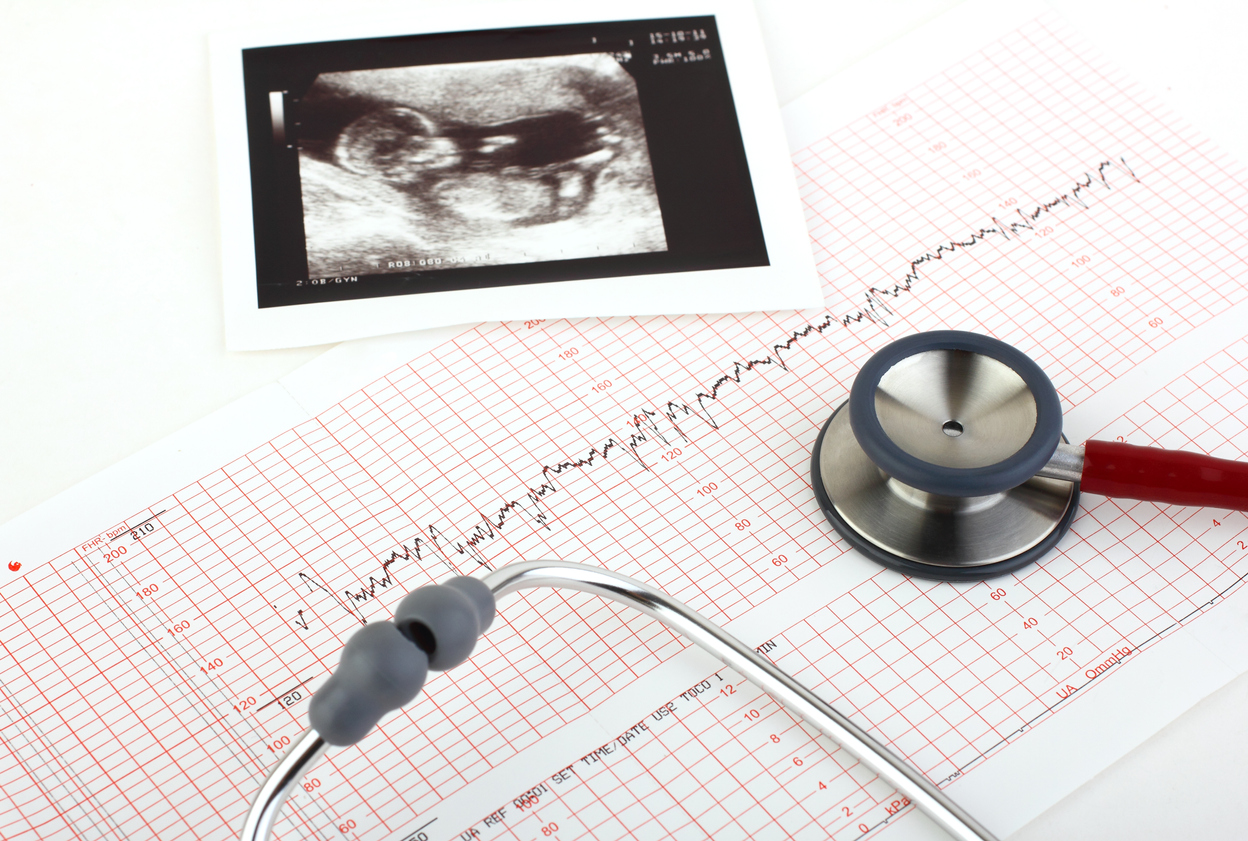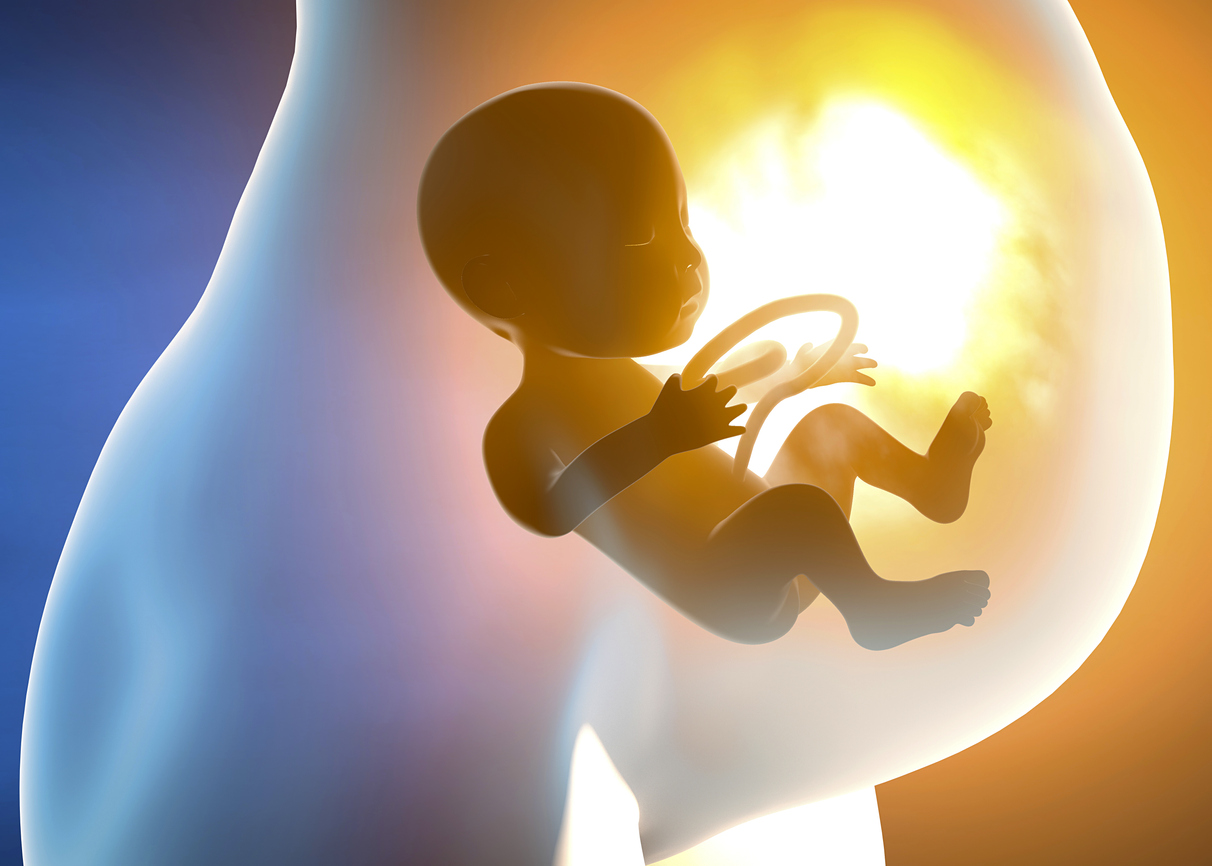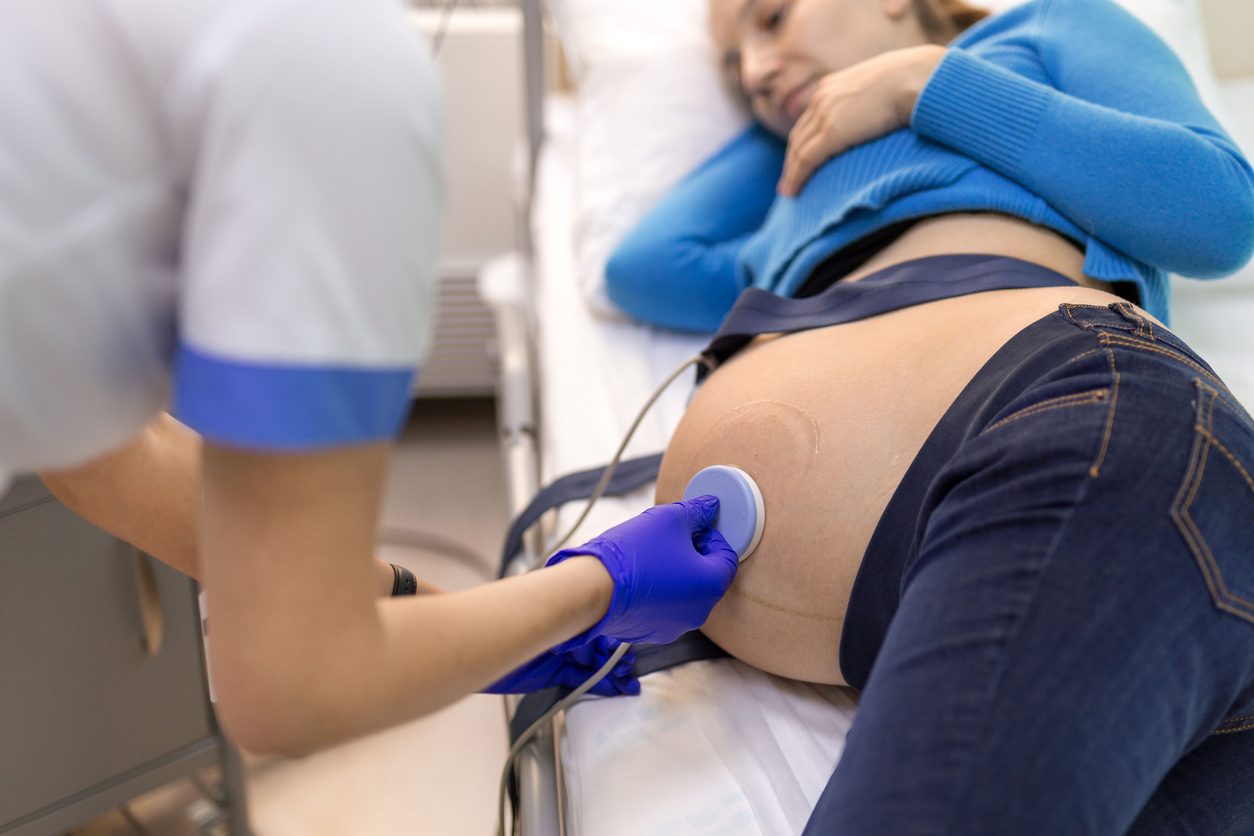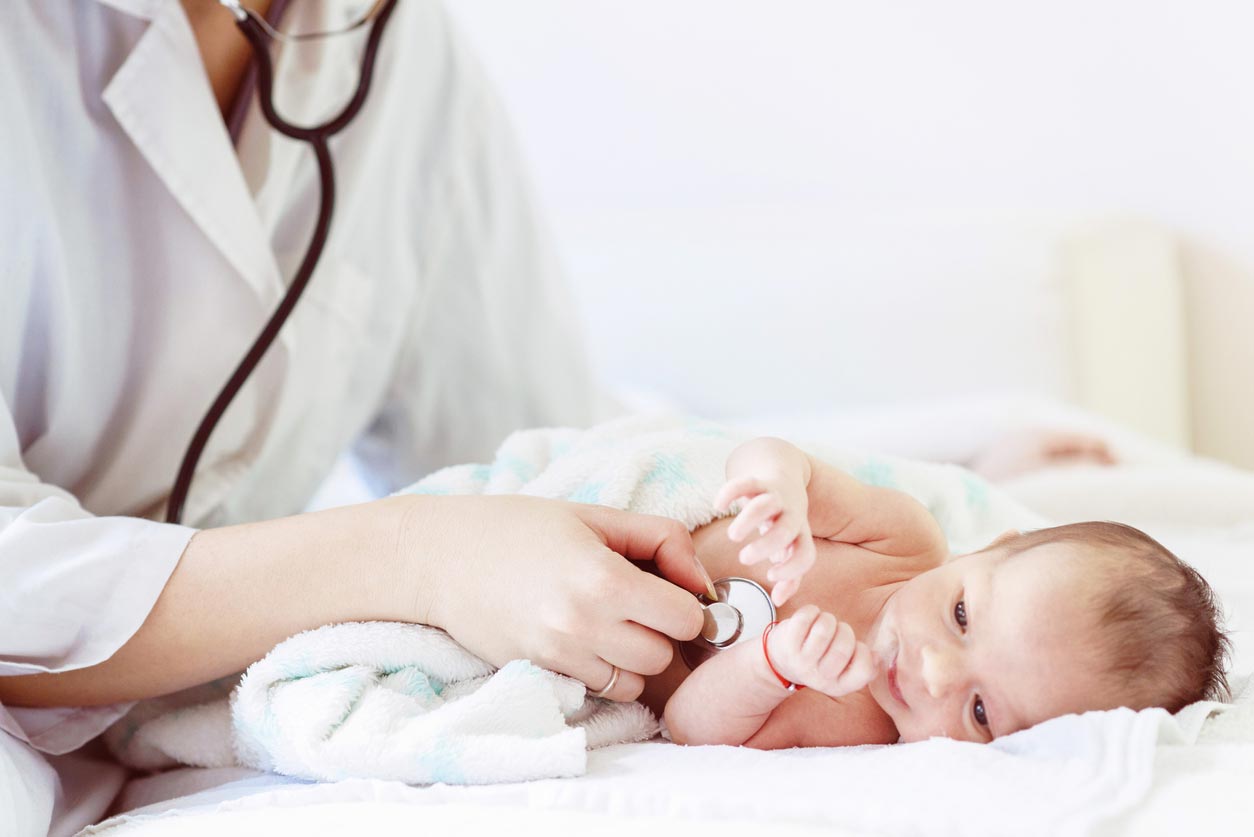How does Birth Injury Cold Case work?
Step 1
Statute of Limitations Analysis
The first thing we do is determine whether the statute of limitations is still valid for your child’s case. Every state in the country has a deadline – called a statute of limitations – for filing a medical malpractice lawsuit. However, what many people don’t know is that nearly every state in the country has an exception to these deadlines for minors and disabled children.
For example, in Maryland, a minor child has until he or she reaches the age of 21 in order to bring a birth injury claim. In some states, including Illinois, the statute of limitations for “disabled” individuals, including children with brain damage or cerebral palsy, may be tolled indefinitely.
Step 2
Obtain the Medical Records
Solving any cold case starts with the medical records. Many times, families who have had their case investigated previously have copies of some of their medical records. We will want to obtain those. If you remember the name of the law firm or law firms that investigated your child’s case previously, we will reach out to those lawyers and get those records as well.
Lastly, we will request and re-request, directly from the hospitals and health care providers, all of the prenatal records, labor and delivery records, newborn records, treatment records, neuroradiology studies and placental pathology specimens.
Step 3
Microscopic Review
of the Medical Records
and Neuroimaging
No two cases are alike. As such, there is no standardized approach to solving a cold case.
While there is no standardized approach, every cold case investigation starts with a microscopic examination of all of the medical records. We analyze every aspect of the care that was provided. Starting with the prenatal care, we look to see if anything was missed during the gestational period.
Then we painstakingly review the labor and delivery care to see if the labor was managed appropriately. Of course, this includes a comprehensive critique of the fetal monitoring tracing. While this site is called “Birth Injury Cold Case” the truth is that many catastrophic child injuries occur in the newborn period. Therefore, we always dig deep into the newborn or neonatal records to rule out any injury caused by neonatal malpractice. After we have a detailed chronology of the events that took place, we start theorizing the case.
After we initially theorize the case, we then turn to the neuroimaging. Neuroimaging includes ultrasound, CT scan and MRI of the brain. In most cold cases, some imaging modality was used to take pictures of the brain. Why is this so important? The neuroimaging is helpful for two reasons. First, it can help establish WHEN the injury to the brain occurred. Second, it can help prove the MECHANISM injury to the brain. This is better referred to as the “timing and mechanism” approach. Establishing a window of time in which the injury likely occurred can be vital to solving any cold case.
Step 4
Expert Review
Once we feel confident in solving a cold case after a thorough dive into the records, we begin sending the case to expert witnesses. Every state in the country requires expert witness testimony to support the case. Additionally, many states require what is called an Affidavit of Merit or Certificate of Qualified Expert. The contents of what is required in an Affidavit of Merit or Certificate of Merit can vary widely between jurisdictions, but typically there is requirement that you provide proof that the case has been reviewed by a qualified expert who believes there was negligence, and harm caused by that negligence.
The number of expert witnesses required to solve a cold case can vary from case to case. Typically, expert witnesses are necessary from the following specialties:
Obstetrics and
Gynecology
Maternal-Fetal Medicine (also referred to as Perinatology)
Perinatal Nursing (also referred to as Labor and Delivery Nursing)
Neonatal-Perinatal Medicine (also referred to as Neonatology)
Pediatric Neurology
(also referred to as Child Neurology)
Pediatric
Neuroradiology
Placental
Pathology
Physical-Medicine and Rehabilitation (also referred to as Physiatry)
Life Care
Planning
Vocational
Rehabilitation
Economics
The sequence in which we consult with the various specialties listed above can also vary from case to case. As alluded to above, we will often start by sending the pictures of the brain to the Pediatric Neuroradiology expert. But, as you will read in our Solved Case section, the facts of the case will determine where we start in terms of expert witnesses.
Step 5
Filing A Lawsuit
If we are able to retain the necessary expert witnesses to prosecute the case we then prepare and file a lawsuit. A sample lawsuit can be found here. Once a lawsuit is filed, the case has effectively been solved and we are on one-to-two year road where the defense and the Defendants will fight tooth and nail to deny the claim.
It is important to remember that solving a cold case does not mean we have won. In fact, solving the case is just the beginning. It is also important to remember that past results do not guarantee future success.





